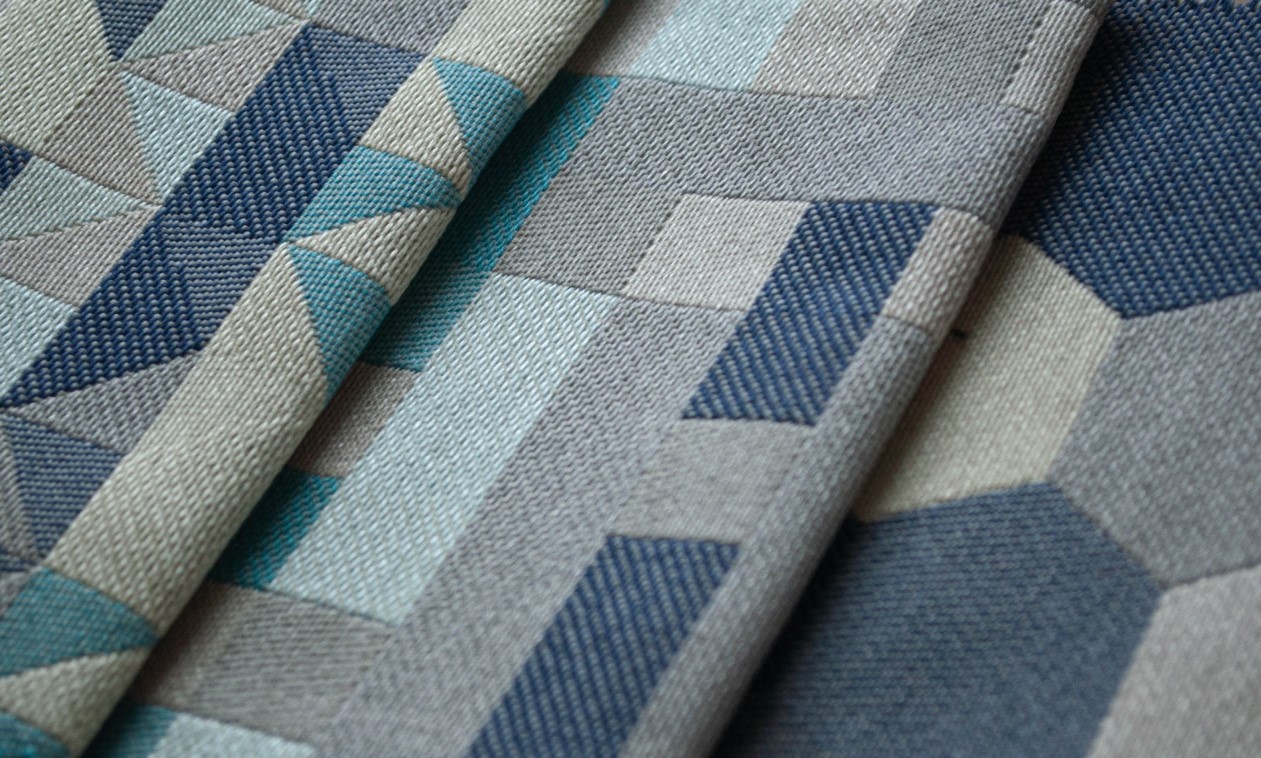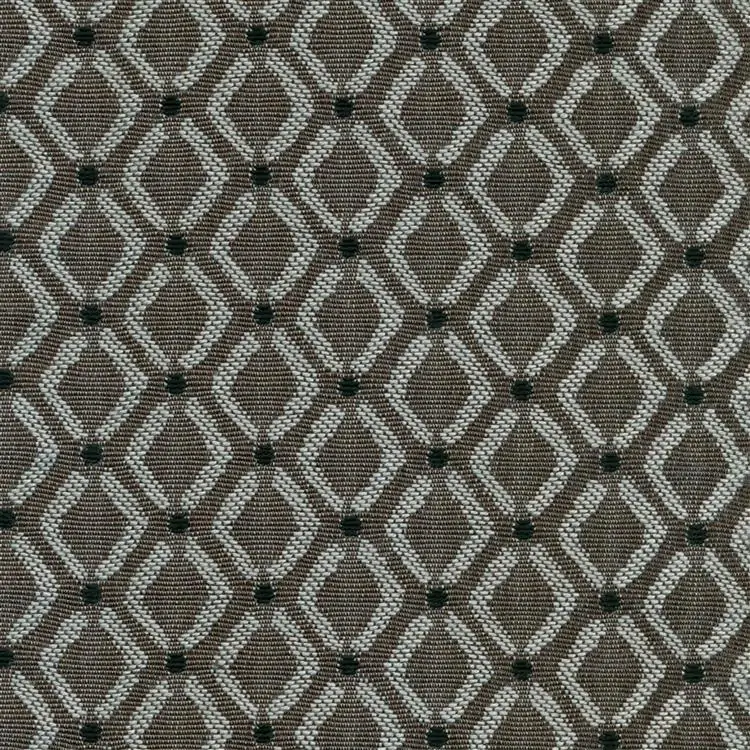

HIPER***
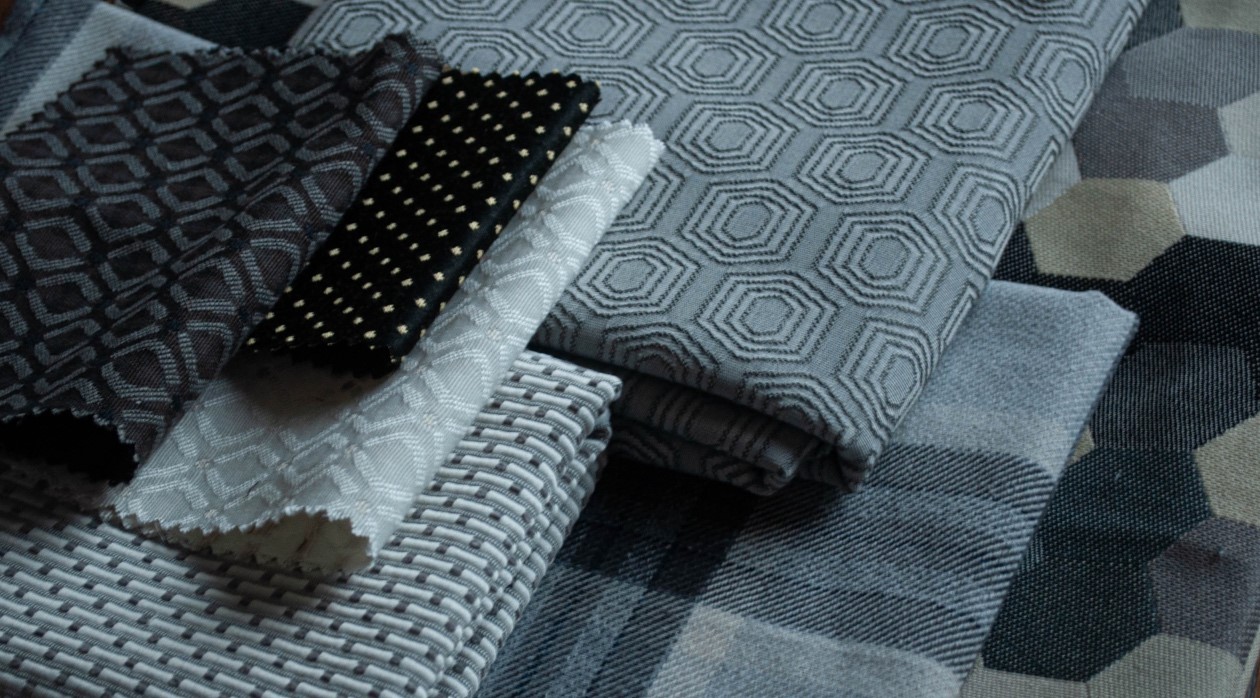
However critical we are of the current trends in design, we must admit that the majority of them are brought about and explained by the strong global environmental macro-trend. Following the tenets of sustainable development, designers and consumers are being convinced to redefine the basic premises of design and the expectations towards it. The global overproduction of textiles, depletion of natural fibre sources and care for the environment have produced a strong push towards reusing the existing materials and searching for new creative possibilities.
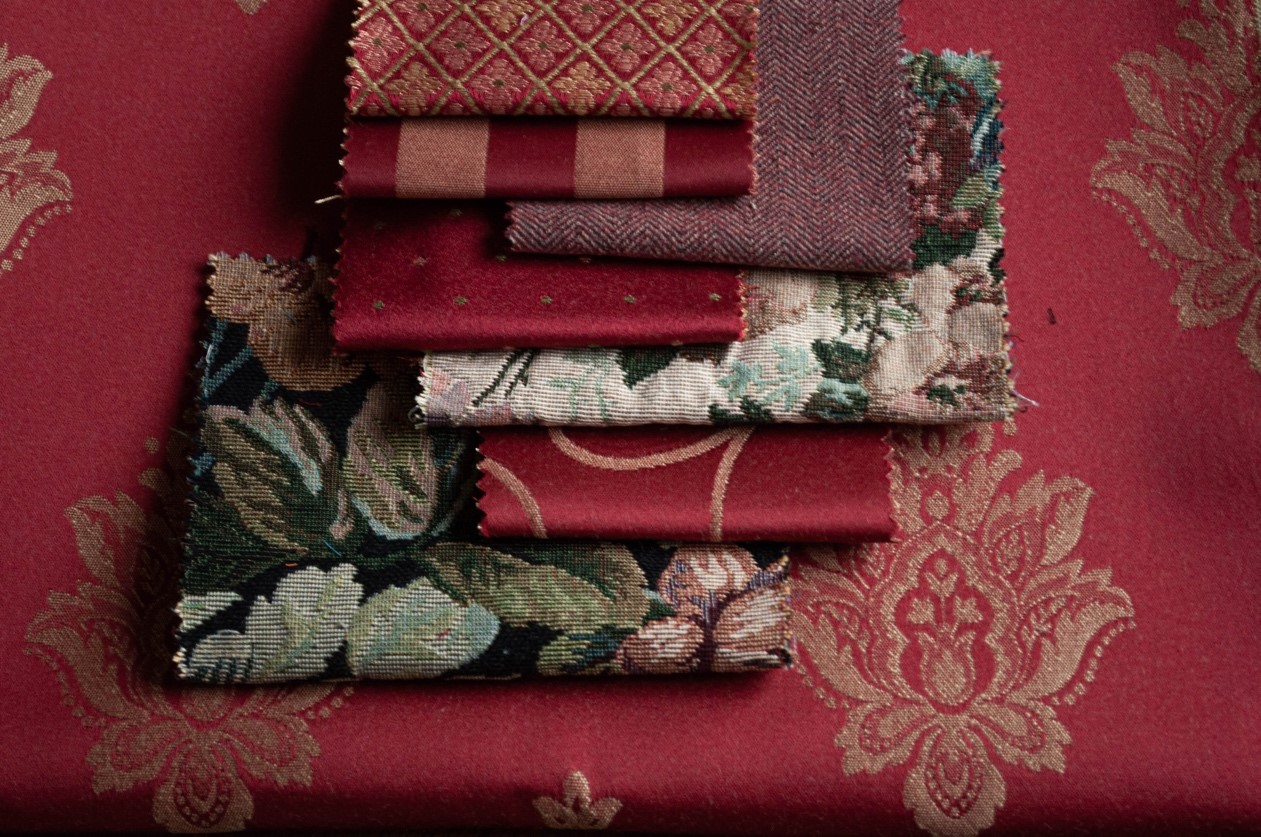
In the case of textile design, changing the intended use of an item starts from considering how to apply the existing fabrics, as opposed to the traditional design process, which begins from a creative idea. This way, the already existing textiles receive new applications. Moreover, by cherishing what has already been produced, new patterns are created, often as a recombination of the old ones.
Looking at modern “patchwork” interiors, it is difficult not to conclude that a trend that initially seemed like a limiter and a roadblock in making something new has become a catalyst of imagination and yielded an explosion of creativity. What is essential is not just the end result but also the creative process itself. It is important to learn and experiment, so that each attempt produces surprising results. The most advanced projects use combinations of opposing materials such as ribbons, strings, lightly weaved sponge used together with synthetics and pieces of reprocessed knitted fabric. In the context of the more traditional textile design language, we find valuable jacquard and damask combined with rough-hewn cotton and linen or recycled synthetic fabrics of varying origin.
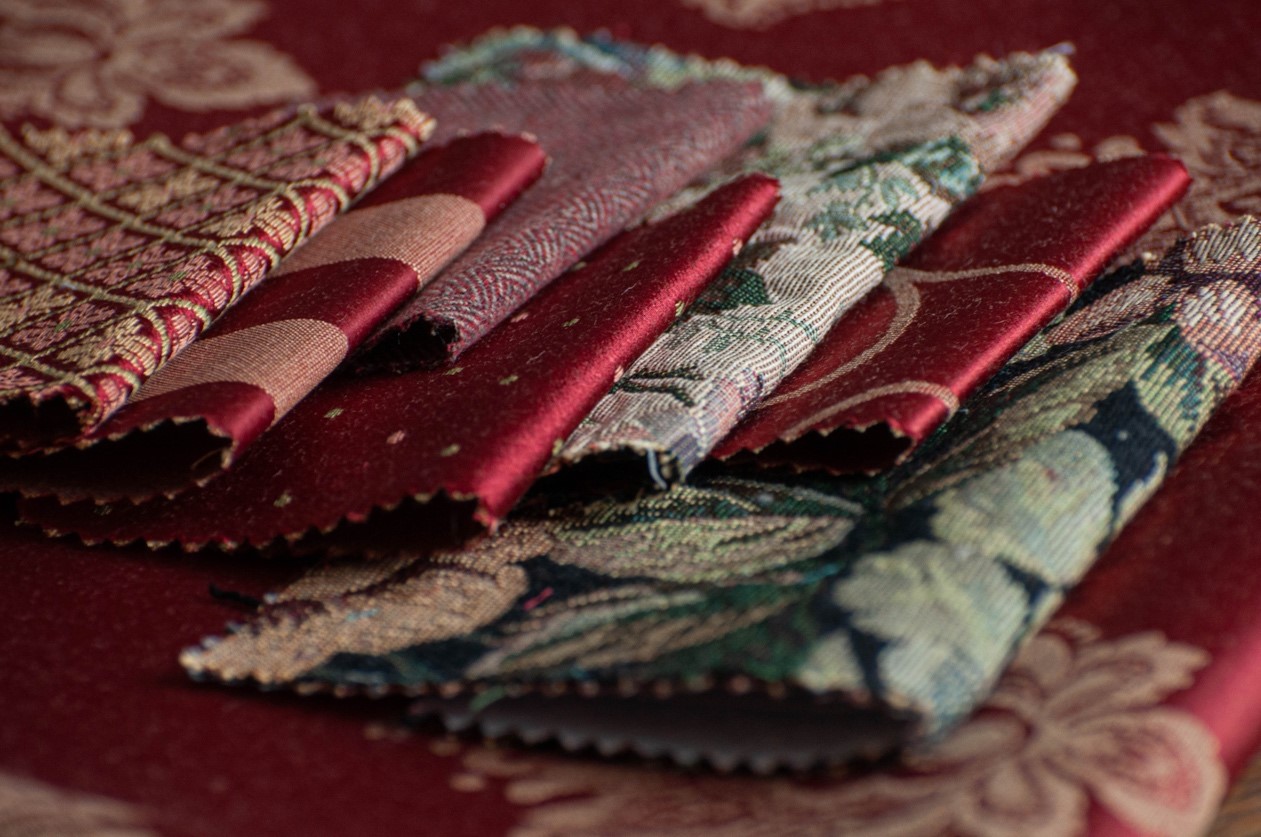
Nowadays, the elaborate art of combining patterns and textures is considerably more advanced than the combinations of geometric and floral motifs or striped and chequered patterns applied in a single composition that used to inspire awe in the past. The environmental origin of such bold experiments justifies and explains all “accidents” and nuances of colour, which to an untrained eye may seem like defects of design. Such “planned errors” have become part of the modern patchwork DNA and, although this may be hard to believe, they are usually a part of an intricate plan.
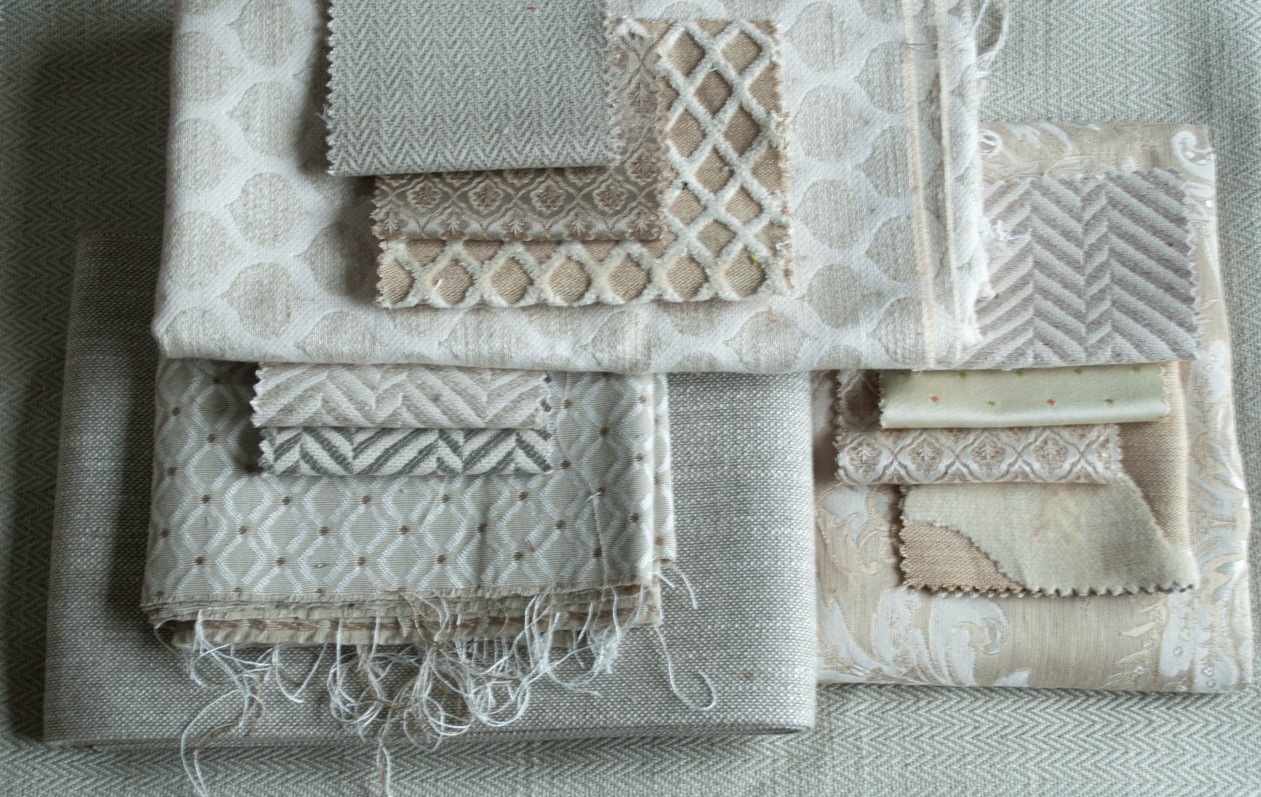
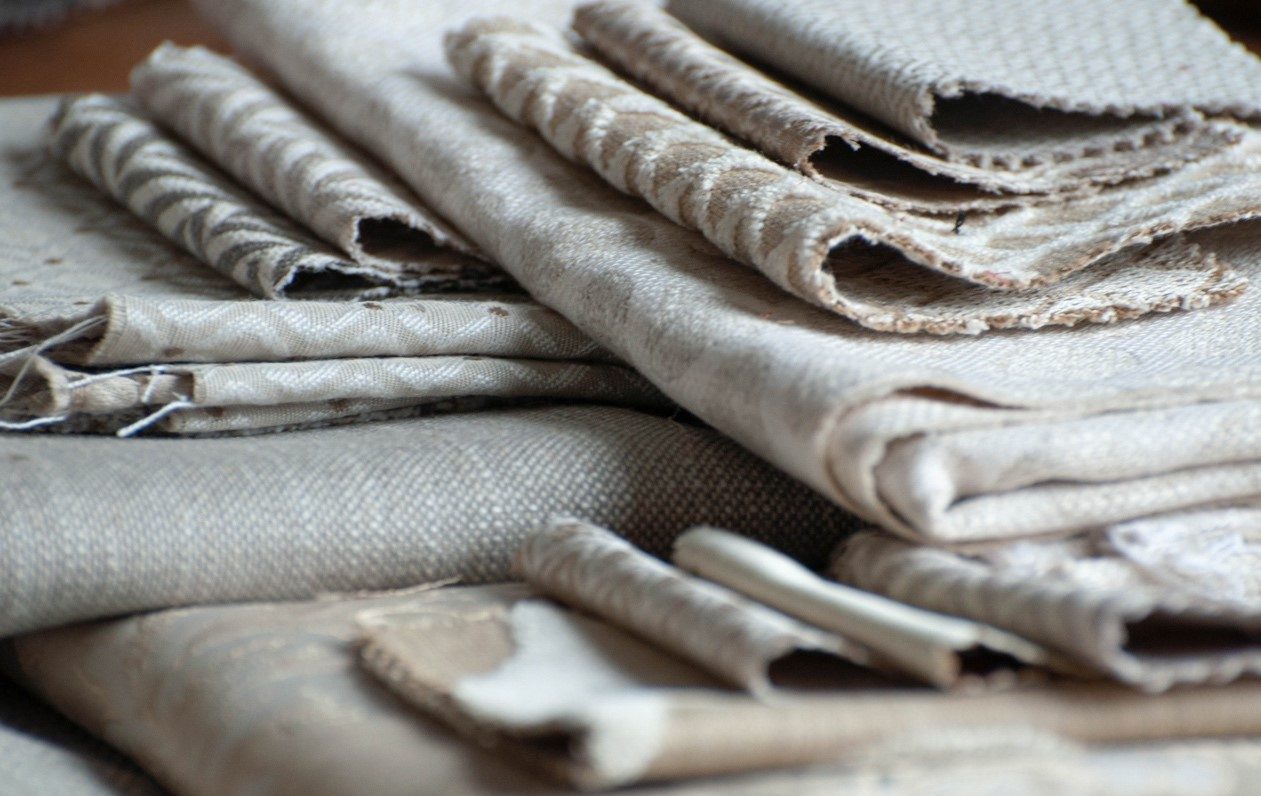
The devil is not so black as he is painted… where to begin?
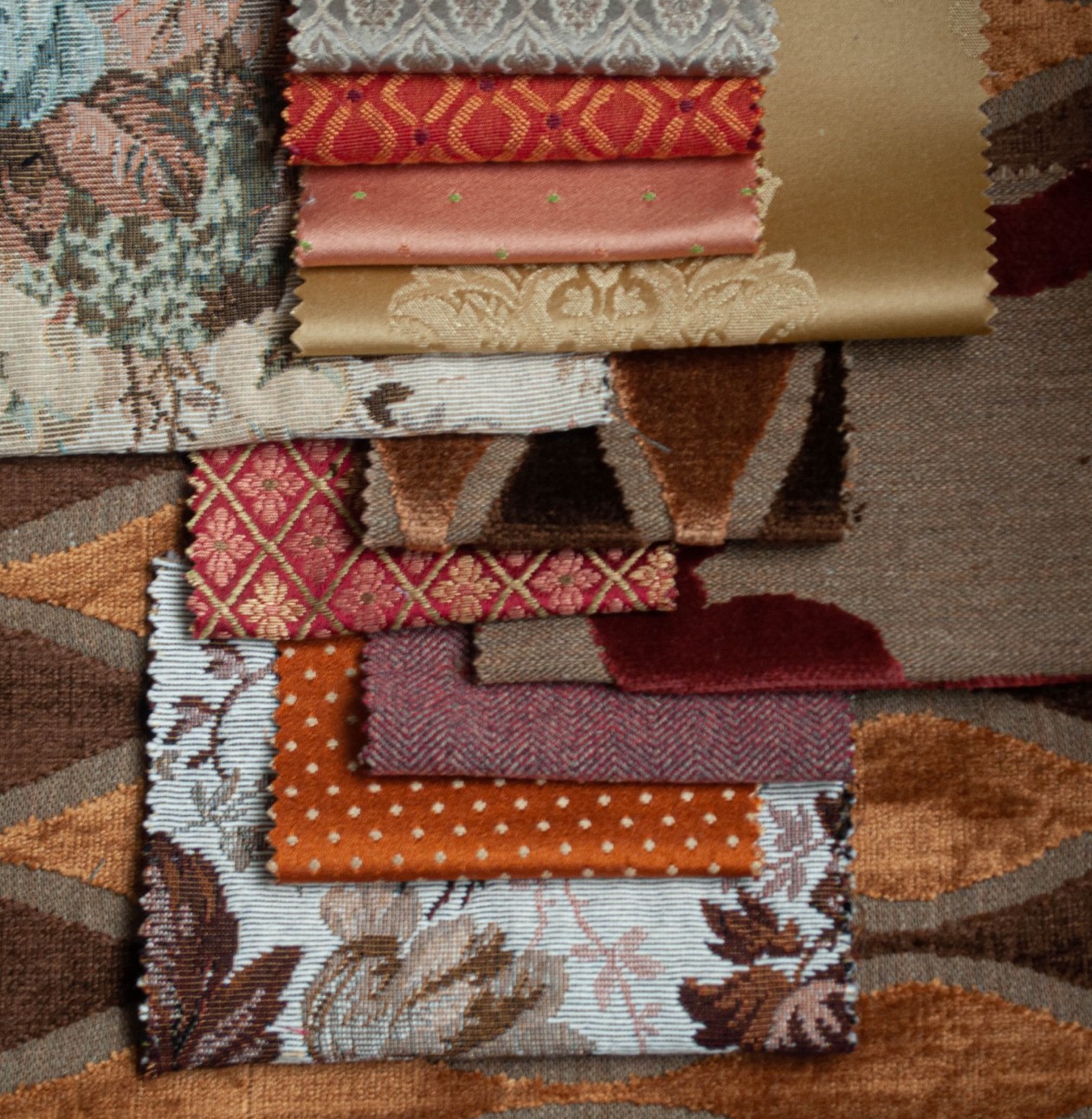
The idea of a creative reconstruction, recombination, recomposition and juxtaposition of the existing patterns has become an increasingly accepted mainstream trend, en vogue for several seasons. Still, merging numerous patterns, colours and textures is a difficult task and not everyone is able to obtain the expected, excellent results. Combining printed patterns, tartans, hounds tooth checks, stripes of different width and rhythm, floral patterns of varying dynamics and colours with weave textures that form separate patterns themselves is an art which requires practice, but most importantly courage and patience in experimentation. The best way to succeed in this task is finding a shared starting point for this puzzle.

The simplest one is the colour code. Patterns created following this code are likely to be coherent and visually interesting. The final effect will then depend on the proportions between the patterns. It is always easier to find balance when smooth or textured plain-colour fabrics are used for the background and larger surfaces, and when only small items are accentuated by contrasting or even provocative combinations of patterns. Harmony and balance of composition will be the make or break of the project.
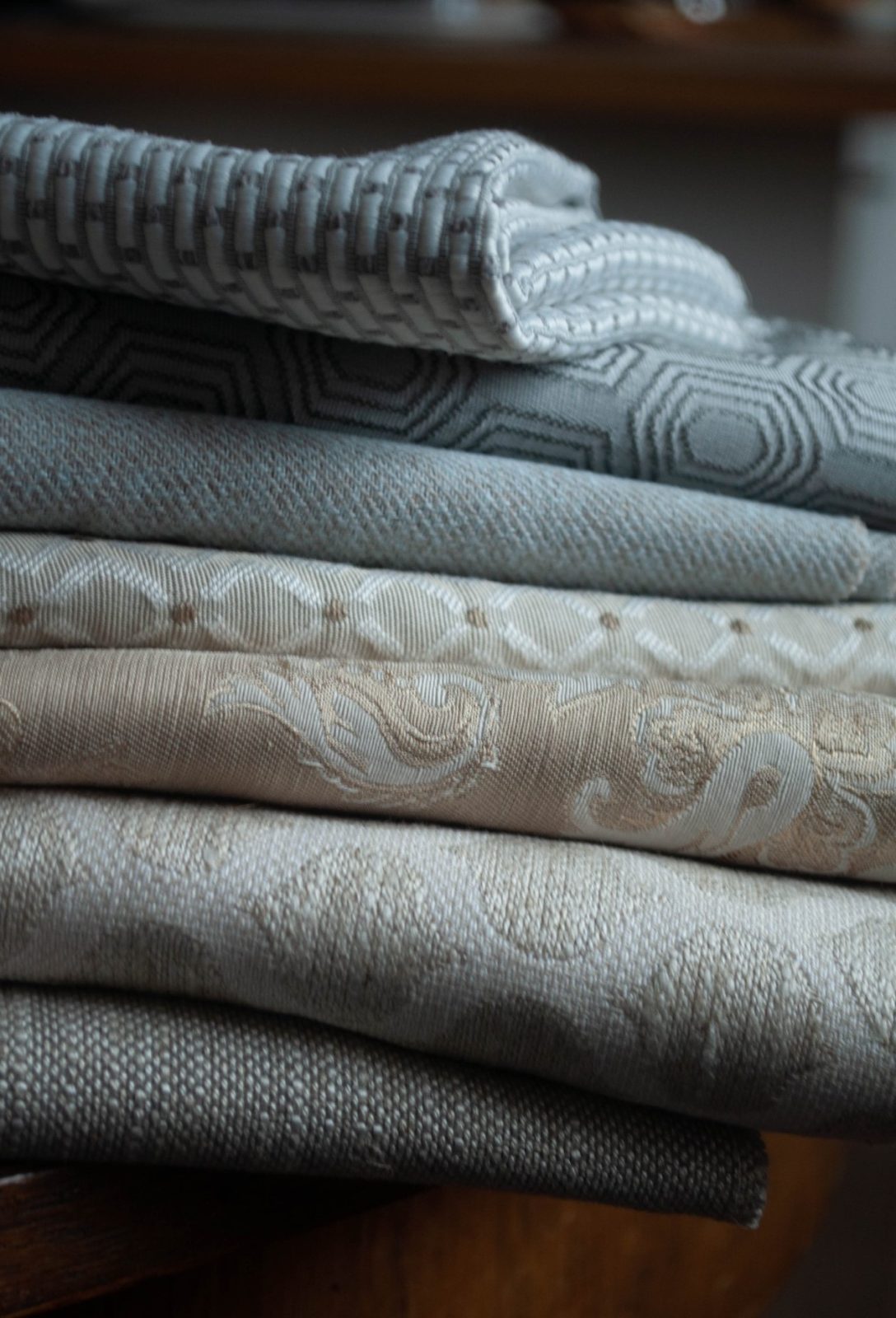
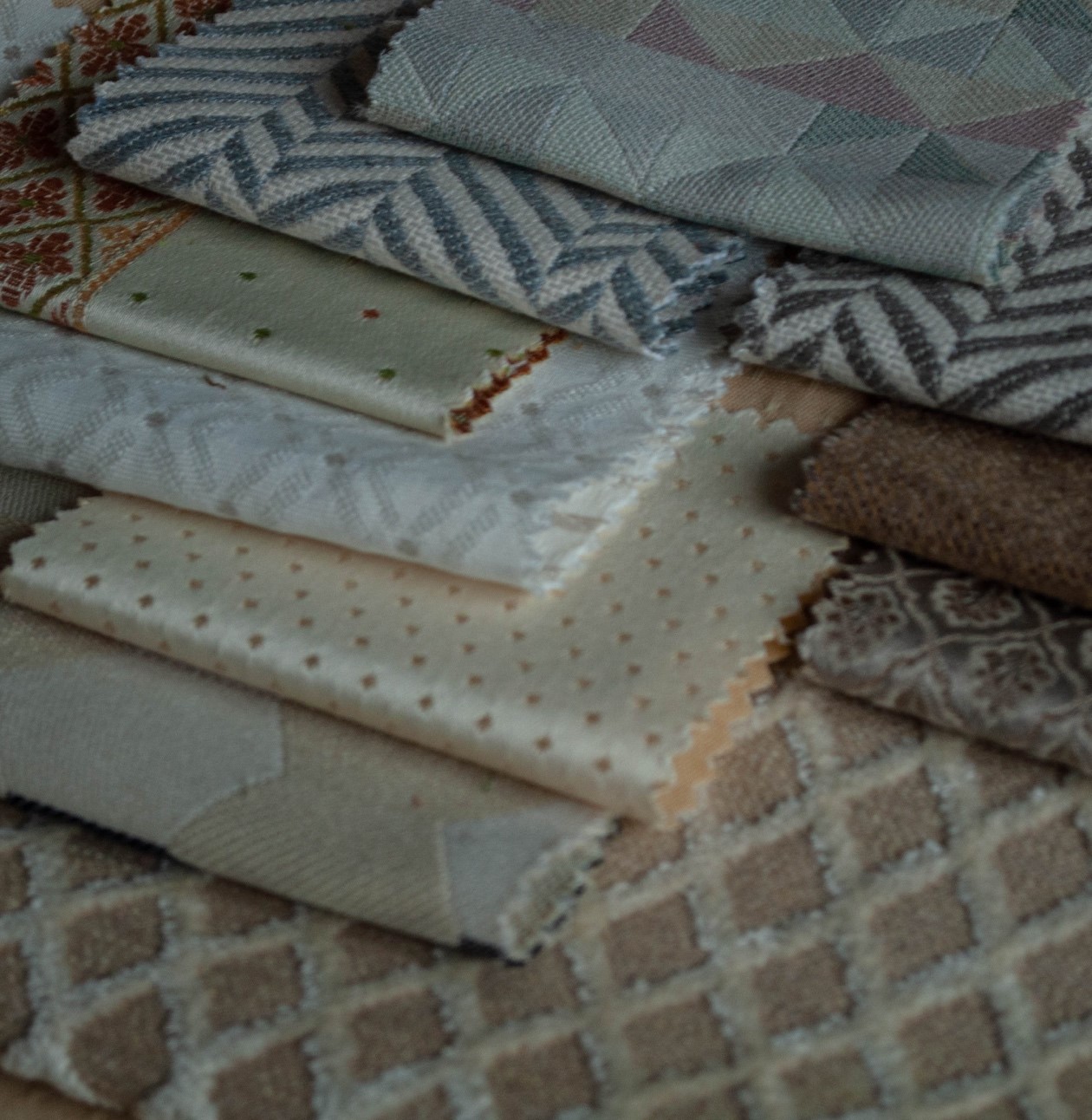
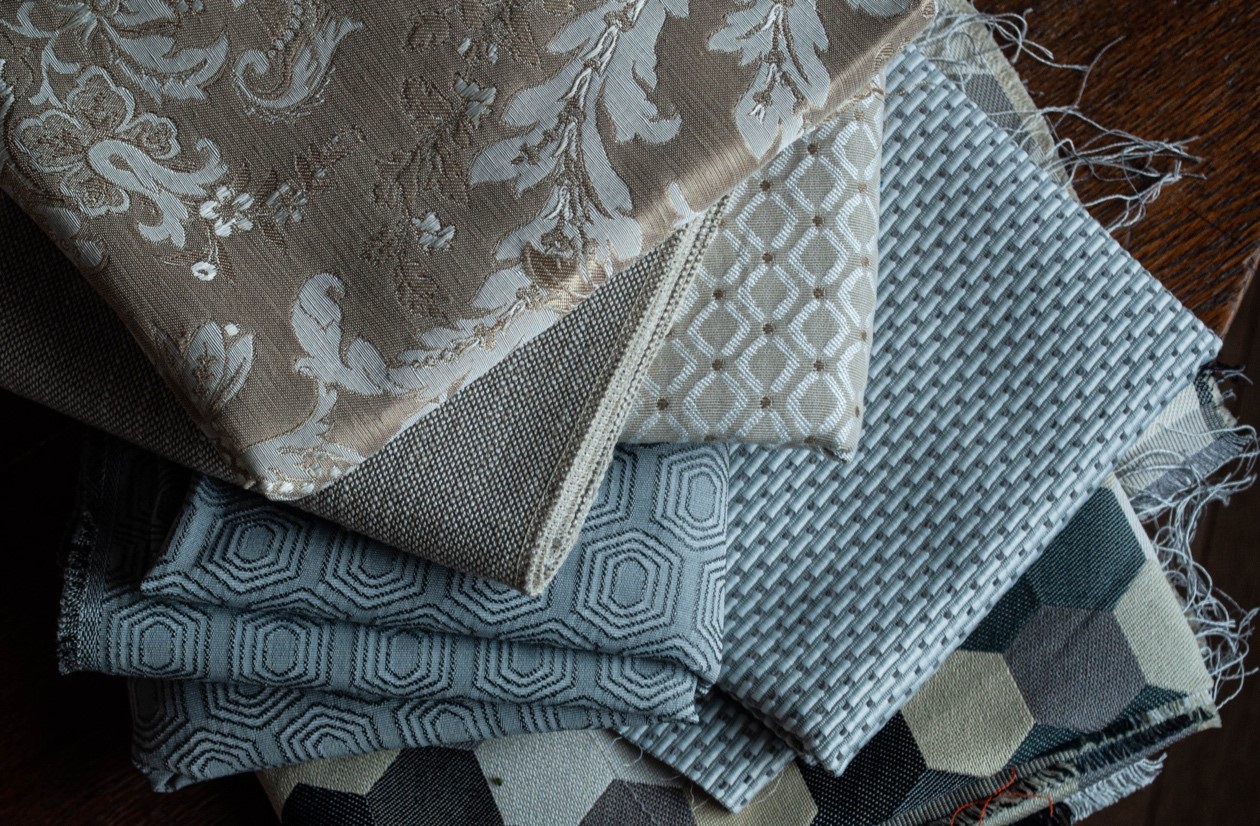
Fabrics affect us not only through colours but also through patterns, textures, weaves, structure-dependent chiaroscuro and many other effects. Every change of texture affects the final colour and quality of the fabric.
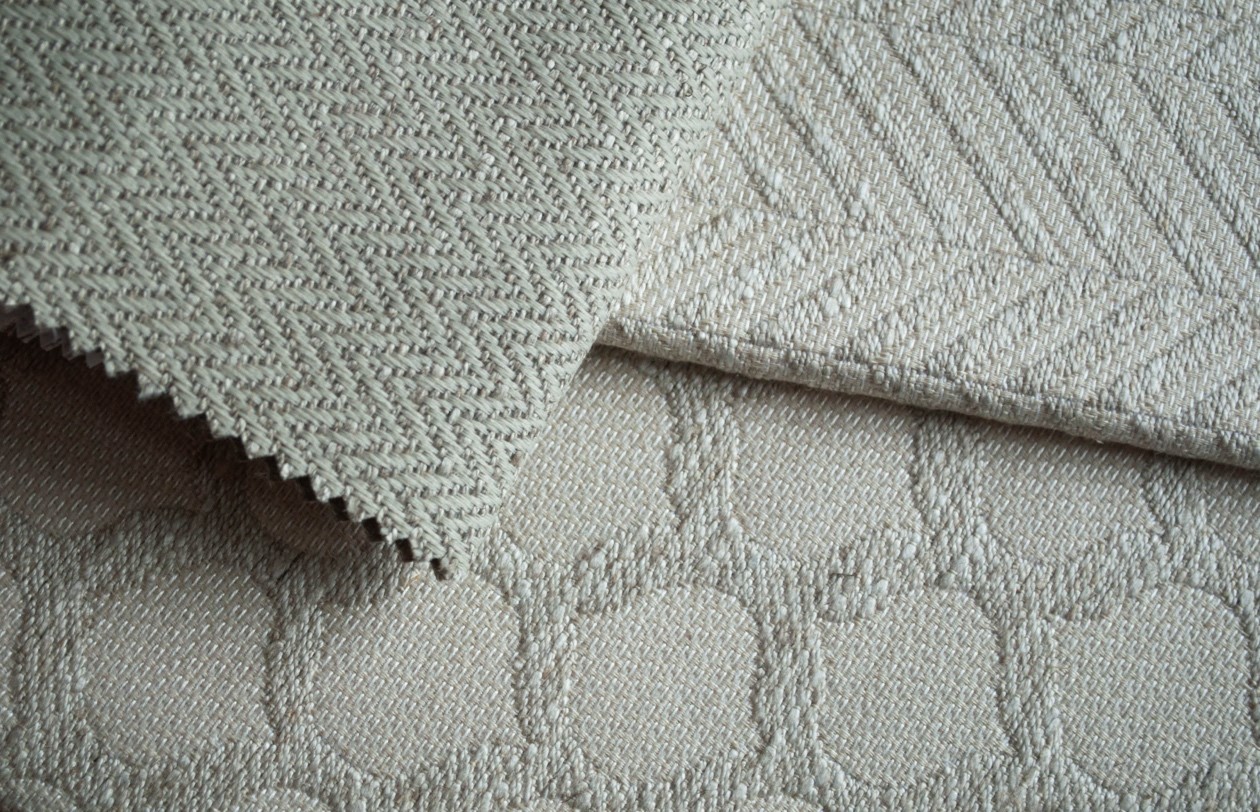
Without actually combining swatches of different materials it is impossible to predict whether they will harmonize well and create an elegant, harmonious whole. Such a tough design challenge requires using a mood board, which will help find the right proportions, show what is missing to reach balance, and indicate when the composition is complete.
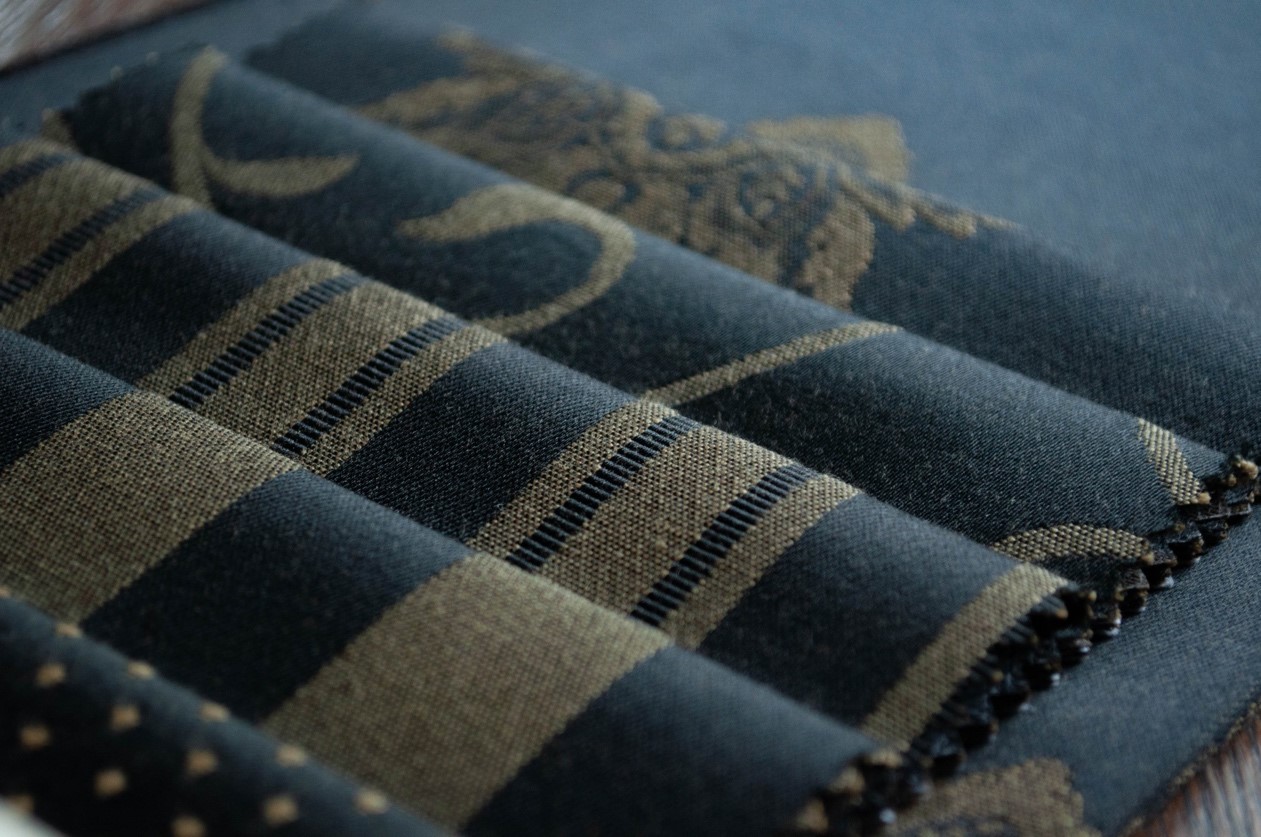
This is not something everyone can do, but textile waterfalls and swatchbooks can be a great source of inspiration for those who dread combining different patterns. When searching for coordinates of patterned fabrics, we can use different types of swatch books presenting dozens of shades of fabrics that differ only in slight nuances and tonal quality of colours. They help us create tasteful combinations without the need for combining patterns on our own.
